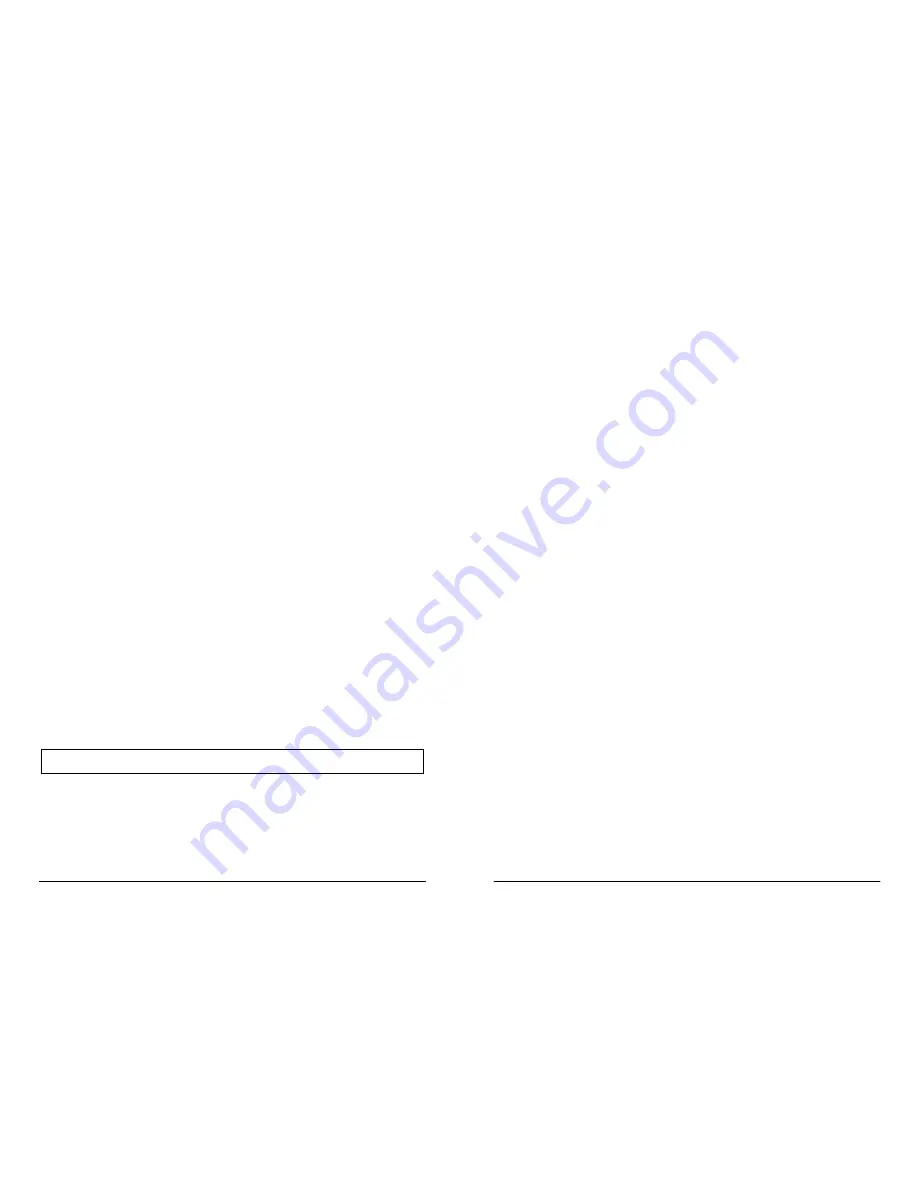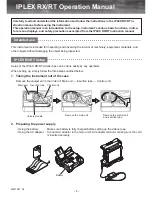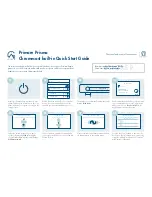
bc audio
9/2014
Amplifier No. 10 Owner’s Manual
20 & 21. Speaker Output Jacks and Impedance Selector
Plug a speaker cable into either SPEAKER jack (21) and the other end into your
speaker cabinet. Be sure to use a speaker cable, not a guitar cable, or damage
to the cable, the amp and your reputation may occur. Set the IMPEDANCE
selector (20) to match the rated impedance of your speaker cabinet.
The speaker jacks are wired in parallel. If you are using two speaker cabs,
always use cabs with the same impedance. Set the IMPEDANCE selector to half
the impedance of one cab. That is, if each cab is rated at 16 ohms, two cabs will
total 8 ohms when plugged into the two SPEAKER jacks.
Do not operate the amplifier without a speaker or suitable load connected as this
can cause damage to the amplifier. It is perfectly safe to use a quality attenuator
for those quiet restaurant gigs and weddings. Say, what are you doing playing
those kinds of shows?
22 & 23. Fuses
Disconnect the power cord (24) before changing a fuse. Replace with same type
and rating only (see p. 3). The MAINS fuse (23) is on the main power input to the
amplifier. The HT or High Tension fuse (22) is on the B+ plate voltage supply.
The HT fuse may blow while the MAINS fuse is still intact. In this case, the Power
Indicator (13) will be illuminated but no sound will be produced. The HT fuse is
usually tripped by a faulty power tube.
24. IEC Power Inlet
With the POWER switch (12) in the OFF position, plug the included power cord
into the IEC power inlet, and the other end into a suitable power source. Any
medium or heavy duty cord designed to fit the standard IEC power inlet will work
fine, but Amplifier No. 10 ships with a Hospital Grade cord. Sick! Get it?
Hospital... Sick...
25. Voltage Selector (behind rear cover)
The Voltage Selector is set to your country’s voltage from the factory and does
not need to be changed unless you wish to use the amplifier in a locale with a
different voltage. The Voltage Selector is labeled 115/130. The amplifier is
designed to run on 110-120VAC or 220-240VAC. To access the Voltage
Selector, remove the rear cover.
PLAYING IT
To really hear Amplifier No. 10 and what it can do for you, I suggest you start out
by plugging your guitar directly into the amp without any pedals, rack gear or
multi-fx units. Plug in the included dual foot switch, and turn off both Boosts.
Begin with VOLUME around 2 or 3, GAIN on 5, BASS, MID and TREBLE on 5,
6
and PRESENCE and DEPTH on 0. You should be somewhere near the onset of
breakup, depending on your pickups. Adjust GAIN up and down to see how
much distortion you get at various settings.
Pre- and Post-Distortion EQ
With some moderate distortion, adjust BASS, MID and TREBLE, and note how
they affect the character of the sound. Now slowly dial in some PRESENCE and
DEPTH, and note how these two controls have a different effect on the tone than
BASS and TREBLE. If you use a lot of distortion, you’ll probably want to set
BASS on the low side. You can then increase DEPTH to bring the low end thump
back in without causing flubby distortion.
Using the Boosts
The independent Gain Boost and Volume Boost give you a great deal of flexibility
in a live performance situation, more than a typical channel-switching amp. You
can play low- or high-gain rhythm, plus have a true volume boost for solos,
whether the solo is low- or high-gain. You can play loud and clean, or not-so-loud
but fully saturated, without ever touching the amp.
Volume Boost has many useful applications beyond the obvious of being heard
over the rest of your band. Volume Boost is useful for songs with a guitar-only
intro: Start out with the Volume Boost engaged, then turn it off when the band
comes in. Or if a particular song requires a cleaner tone, engage the Volume
Boost and turn down your guitar Volume to clean up the sound.
Using Effects
Generally speaking, wah, phase and distortion pedals work best in front of the
amp – between your guitar and the Input jack – where they color the guitar signal
before the amp makes its own distortion. Chorus, delay and reverb sound best in
the loop, where they color the already distorted sound.
For best performance with guitar pedals, set SEND LEVEL to 5-7 and set
RETURN LEVEL to 10. For line level gear, raise SEND LEVEL as high as
possible without overdriving the outboard gear, and set RETURN LEVEL to
match the bypassed signal. In some cases, depending on the outboard
equipment’s ability to handle various signal levels, the perceived return level
might be lower than the bypassed signal.
The loop is fully tube-buffered and non-inverting. The loop occurs prior to the
VOLUME control and VOL BOOST circuit.
7























